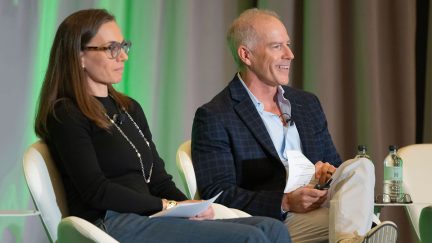Want the latest retirement plan adviser news and insights? Sign up for PLANADVISER newsletters.
Aging Boomers Not Keeping Jobs From Younger People
The Center for Retirement Research at Boston College analyzed the variation across states in the labor force activity of both old and young for the period 1977 to 2011. If crowding out were occurring, an increase in the employment of older persons would increase youth unemployment, decrease employment and reduce hours worked. However, the analysis showed the opposite effects.
A one-percentage-point increase in the older worker (ages 55 to 64) employment rate is associated with a decline in youth (ages 20 to 24) unemployment of 0.11%, an increase in youth employment of 0.21% and an increase in hours worked per week of 0.13%.
The researchers also analyzed the effect of an increase in the older worker employment rate on prime-aged workers (ages 25 to 54), and found the result is the same as for the young: Employment of older workers leads to a decrease in unemployment, an increase in employment and an increase in hours worked by the prime-aged.
(Cont...)
When controls were introduced for state-specific characteristics, gender and worker education levels, the results still provide no support for the crowding-out hypothesis.
The researchers then questioned whether the employment of older workers has an impact on the “price” of young labor. To test this hypothesis, two measures of “price” were used: hourly wage and annual income. The results again show some positive impacts in both the equations with and without state variables. No evidence was found to support the contention that the employment of older workers reduces the wages of the young.
The Center contends that convincing employers and policymakers that the crowding-out theory does not hold is extremely important, given the state of the U.S. retirement system and the need for people to work longer in order to have a secure retirement.“Employers already have reservations about older workers, so adding the false argument that retaining older workers hurts younger ones could impede the ability of older workers to remain in the labor force,” the researchers wrote in their Issue Brief.
The Issue Brief can be downloaded from http://crr.bc.edu/briefs/are-aging-baby-boomers-squeezing-young-workers-out-of-jobs/.
You Might Also Like:

Rethinking Opportunities for RIA Growth

Advisers Step Up as Clients Face Market Uncertainty
